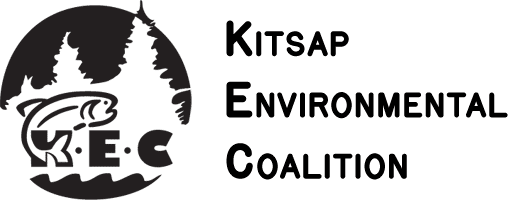RIGHTS OF NATURE
Rights of Nature is a legal philosophy that is starting to influence the fight to preserve the environment.
Rights of Nature is the recognition, quite simply, that nature has rights—that our ecosystems, including trees, oceans, animals, and mountains, have rights just as human beings do.[1] Since nature has no voice, it falls to humans to defend those rights.
Traditionally, legal systems around the world have treated land and nature as property. Laws and contracts are written to protect the property rights of individuals, corporations and other legal entities. Existing environmental protection laws actually legalize environmental harm, by regulating how much pollution or destruction of nature can occur; under such law, nature and all of its non-human elements have no standing.
Rather than treating nature as property under the law, Rights of Nature acknowledges that nature in all its life forms has the right to exist, persist, and maintain and regenerate its vital cycles. We, the people, have the legal authority and responsibility to enforce these rights. The ecosystem itself can be named as the injured party, with its own legal standing rights, in cases alleging rights violations.
Indigenous peoples have long respected the essential connection between nature and humans, taking as a given the personhood of animals, trees, and all natural phenomena.
A small but growing number of nations and communities are basing their environmental protection systems on the premise that nature has inalienable rights.
Why this trend now? The movement for Rights of Nature arrives as climate chaos burns up California, the Arctic, Indonesia, and Brazil; rapid deforestation, desertification, and oil spills are eating up ecosystems; fracking sets off earthquakes and poisons wells; and the seas are being choked with plastic and chemicals. Thousands of animal species are going extinct, and whole human populations are fleeing floods and unbearable heat.
War, overdevelopment, and above all, runaway capitalism are destroying ecosystems. The biggest offenders, corporations, greedily buy up the rights to crucial sources of water;[2] the poisonous chemicals used in industrial farming of food and trees despoil aquifers and soil. Companies finagle easements to lay oil and gas pipelines virtually guaranteed to spill;[3] they mow down oxygen-producing, carbon-storing trees to build condos. As oceans rise and ecosystems fail, activists and thinkers offer a radical new paradigm.
Where has Rights of Nature been succeeding? Ecuador incorporated Rights of Nature into its Constitution following a national referendum in 2008. Courts in India, Bangladesh, and Colombia have determined that rivers and other ecosystems possess legal rights. New Zealand’s Parliament has codified several landmark legal settlements between indigenous peoples and the national government, establishing that given ecosystems have rights as well as the “powers, duties, and liabilities of a legal person.” Nepal, Sweden, Uganda, and others are advancing Rights of Nature legislation. In 2015, Pope Francis, calling for a new era of environmental protection at the U.N., declared, “A true ‘right of the environment’ does exist…”
Bolivia’s legislature passed its “Rights of Mother Earth” law in 2010. This law “draws deeply on indigenous concepts that view nature as a sacred home … [It] requires the government to transition to renewable energy; to develop new economic indicators that will assess the ecological impact of all economic activity; to carry out ecological audits of all private and state companies; to regulate and reduce greenhouse gas emissions; to develop policies of food and renewable energy sovereignty; to research and invest resources in energy efficiency, ecological practices, and organic agriculture; and to require all companies and individuals to be accountable for environmental contamination with a duty to restore damaged environments” [emphasis ours]. “Mother Earth,” asserts the legislation, “is a subject with rights. Mother Earth is not an object to be exploited without limit. This is an attempt to create a new legal framework that goes beyond human rights. It establishes the obligation to defend the rights of Mother Earth.”
The law is backed by Bolivia’s new—get this—Ministry of Mother Earth.
In the last thirteen years, dozens of American communities in at least ten states have passed legislation or invoked Rights of Nature to ban environmental harms such as fracking and pesticide spraying. Tribes have been at the forefront of much of this action. In 2006, Tamaqua Borough, PA banned the dumping of toxic sewage sludge as a violation of the Rights of Nature. In 2019, Toledo, OH adopted the Lake Erie Bill of Rights—the first law in the U.S. to secure legal rights of an ecosystem.
These new laws and ordinances, passed or proposed, are encountering fierce opposition from industrial farming and extraction companies and from other corporate interests.
So, ATTENTION, WASHINGTON STATE: the precedent is established! In our area, the Earth Law Center bases its fight for a healthy Puget Sound on Rights of Nature. A large coalition of environmental groups is legally advocating for the remaining resident orcas in the Salish Sea [4]. Now, what can your community do to fight for the rights of creatures, forests, rivers and streams? Get educated and act!
For some history of writing about the Rights of Nature, see Christopher Stone’s book Should Trees Have Standing? (Oxford U. Press, 1972) and rich resources and links in the pages of CELDF (Community Environmental Legal Defense Fund) at https://celdf.org/advancing-community-rights/rights-of-nature/.

